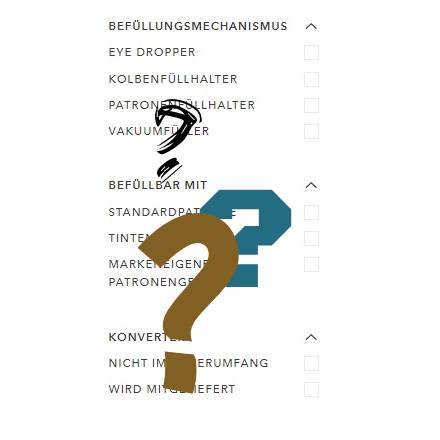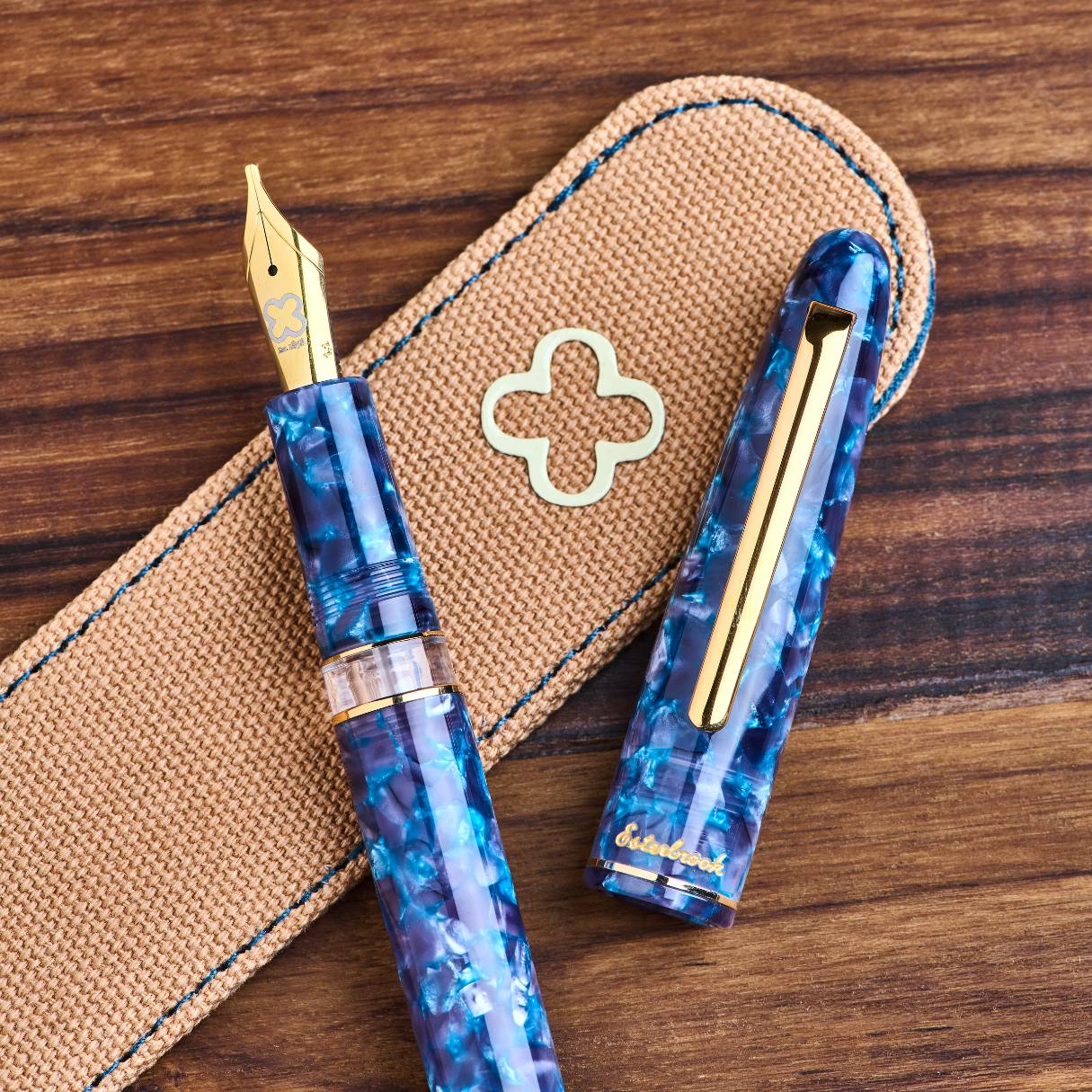You wonder why we classify our articles according to so many properties? But what is actually hidden behind all these terms? We would like to explain that and maybe you will find much faster what you are actually looking for.
In our filter search we have sorted our articles according to different terms. Some are self-explanatory, of course, but some need a little explanation. Therefore, we will be happy to explain why we think these divisions are important, divided by our two main product groups(fountain pen and ink ) .
Fountain pen:
- "Filling system": Here we distinguish between cartridge fountain pens, piston fountain pens, vacuum fountain pens and eye droppers.
A cartridge fountain pen is mainly filled with cartridges. But there are converters for almost all of these fountain pens, so that you can then use any ink from the ink glass.
Vacuum fountain pens are similar to piston fountain pens. While with a piston fountain pen you slowly draw up the ink, the mechanism here is a bit different. But for both, you need an inkwell or travel inkwell.
It's a little different with the Eye Dropper: here, with the help of a pipette, the ink is poured directly into the barrel. Even if it is a bit more cumbersome, these fountain pens have the advantage that they can hold a much larger volume, since no technology has to be placed in the barrel here - "refillable with": not all cartridges are compatible in all fountain pens. It is true that the cartridge type that we in Germany call the "Pelikan cartridge" is the standard format for cartridges worldwide. But especially from Asia there are still many manufacturers who use their own cartridge format. But with the associated converters, the entire ink world is then open again!
- "Converter": here we show the fountain pens, where a converter is already included. For all other fountain pens, we have this as an extra accessory to order in our store.
- "nib material": We distinguish here between steel nibs and gold nibs. Of course, the steel nibs are cheaper than comparable gold nibs. And even with the gold nibs there are still differences in the gold content. The higher the gold content, the softer the springs are as well. Flex nibs have a lower gold content, because other materials are important for flexibility. Palladium nibs are made of a special platinum alloy.
- "cap types" : With any fountain pen, it is important that the cap closes tightly. Most manufacturers use here a twist mechanism that simply closes the fountain pen. But especially if you always reach for the fountain pen and want to write immediately, then a plug-in mechanism is advantageous. A somewhat more elegant variant of this is the magnetic closure, since here no spring is necessary, which can also wear out over time.
Capless fountain pens, in which the nib unit is simply recessed into the barrel, are something very special. - "demonstrator: These fountain pens are a speciality: started as a promotional gimmick to better explain the mechanics of a fountain pen to customers, these fountain pens have gained a large following. We define the fountain pens as demonstrators when, with the transparent material, you can see the entire mechanism and not just the ink level.
Ink
- "Shimmer ink": these inks have a proportion of glitter particles. These are suitable for fountain pens. But depending on the nature of the ink conductors or nibs, these glitter particles can affect the flow of ink
- "Sheen"Sheen is an effect that can be observed with some inks. In this case, the ink shows a second color. This effect is strongly dependent on the paper, because you need a paper that does not absorb the ink very much.
- "Shading"Sheen is the effect when the ink can be applied with different intensities and thus a beautiful color variation can be seen.
- "Document proof ink": according to ISO standard is precisely defined how a document-proof ink must function. It must be water-resistant, lightfast and meet other criteria. So anyone who is professionally dependent on using document-proof inks should pay attention to this selection.
- "Iron gall ink": Iron gall is a classic ingredient for making ink resistant. The effect is created by oxidation. However, all our iron gall inks are suitable for fountain pens. It should only always be paid attention to a very regular and thorough cleaning of the fountain pens.
- "Waterproof ink": Unlike document-proof inks, which only need to be water-resistant, these inks are waterproof once dry and can be painted over. Waterproof inks are very popular for urban sketching.



